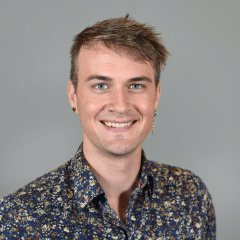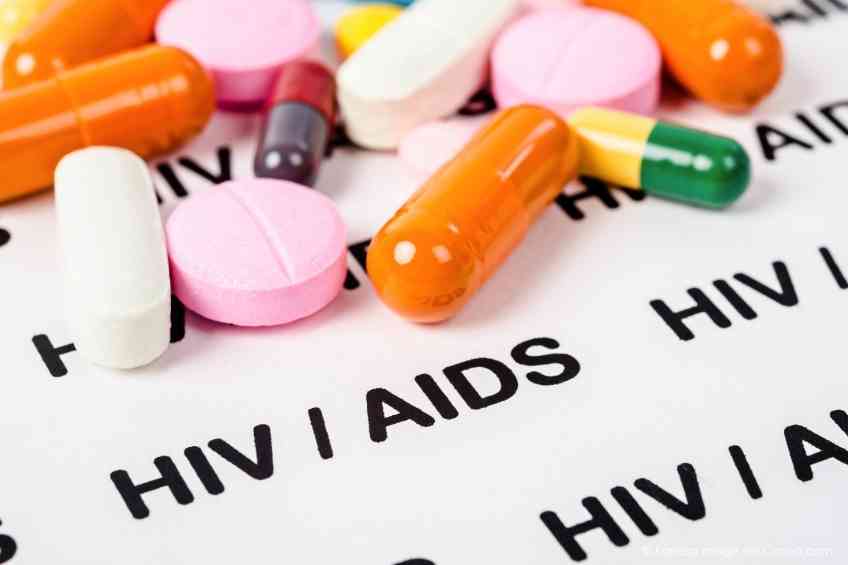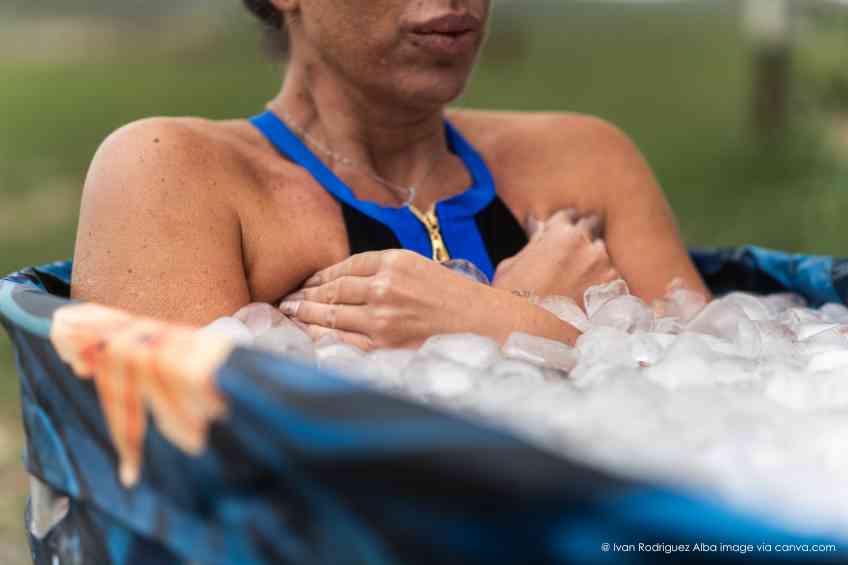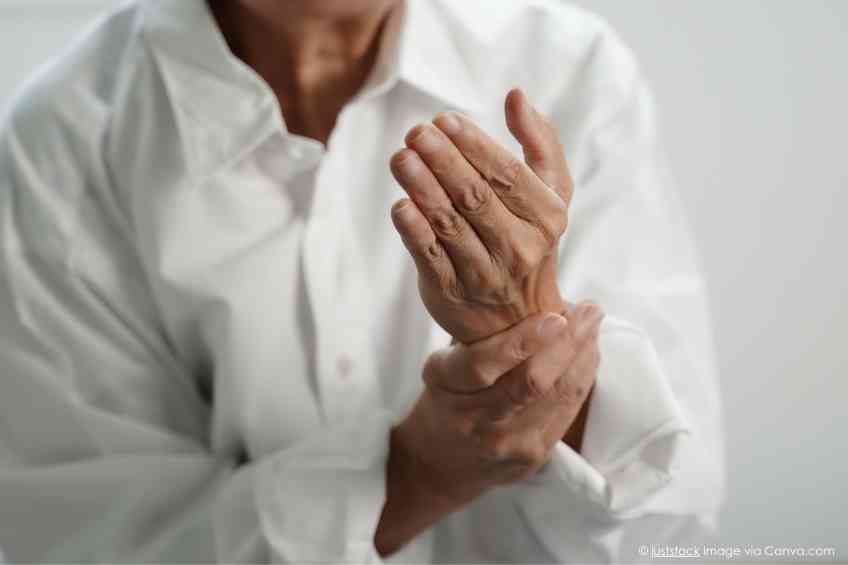Somehow America has pushed HIV into the background as if this still devastating disease is no longer a serious threat. That’s not only surprising, it is dangerous. Yes, progress in terms of prevention and treatments has made startling gains in the last 20 years. But more than a million Americans remain infected and thousands still die annually from related complications. Why the disconnect? It’s complicated. Fortunately, Professor Angel Algarin, an authority on HIV stigma, prevention, and treatments, spoke recently to WellWell on why this threat has retreated from the public consciousness. Read on.
There doesn’t seem to be as much general focus on HIV and AIDS. Would you agree with that and if so, why?
Generally, I work with HIV AIDS every day. So, for me, I get to hear about this all the time. I’m kind of in my own echo room. But, when I go out into the community, I tend to agree with what you’re saying. I think that conversations surrounding HIV have really lessened. And for some reason that is a good thing because it’s no longer that pressing public health issue because we have effective treatment for HIV. When people are living with HIV on their antiretroviral therapy to reduce their viral load, they can live long and healthy lives. We also have other preventative measures like pre-exposure prophylaxis (PrEP) or condoms. Condoms are still effective but PrEP is a pill that folks who are at higher risk for acquiring HIV can take once a day to prevent the acquisition of HIV by more than 90 percent. And, some studies even estimate this to be as high as 99 percent. So, we have effective biomedical interventions that are being implemented right now to reduce the HIV epidemic in the United States.
The traditional focus was on men who were having sex with men or people who were picking up HIV from infected needles. Are these groups as active or as out in front?
I think that is a huge factor. We still have our advocates out there who are driving these conversations, who are part of the community and talking about HIV. And, a lot of the time, they may not be on social media or they might not be doing interviews like this one, but they are talking within their communities and leading those conversations for the people that need to hear those conversations the most.
Is it important that these individuals also be aware of the continuing issues and problems surrounding HIV and AIDS? Is it significant?
80 percent of people living with HIV know that they’re living with HIV in the United States, but that leaves a 20 percent margin of people who don’t know that they’re living with HIV. One of the CDC’s recommendations is that people get tested for HIV at least once in their lifetime and for other risk behaviors, you should be tested regularly. So, we should be having these conversations because HIV indeed affects everyone. It does tend to focus primarily on men who have sex with men who make up two-thirds of people living with HIV with new diagnoses in the United States and more highly affects people who are injecting drugs. We need to have these conversations with everyone because people need to get tested or should be tested, at least by recommendation. And then secondly, you may know somebody within your social network who may fall under one of these demographics and it’s important to have these conversations.
Are people still reluctant to get tested for HIV? Is there a stigma around getting tested?
I think that the stigma within getting tested for HIV is not so much the testing aspect of it, but it’s the “if I am positive there’s going to now be this stigma against me because I’m living with HIV.” In some ways that stigma should be unfounded because we now know that undetectable equals non-transmittable and people who are taking their antiretroviral therapy have a mindset that if they’re taking it effectively and taking it every day and they become virally suppressed, they can no longer effectively pass on HIV. But still, that stigma remains with people who are not living with HIV or maybe a little bit not as informed about the advances in HIV science.
I would assume people who are in high-risk groups are more aware of the dangers. Do you think that’s accurate?
For some, that is accurate and I think that reflects who is accessing biomedical interventions like PrEP. When we’re looking at some of the rates between the different racial categories, those who are eligible for prep are people who have indications for a higher risk category for acquiring HIV. Among those who are white, 78 percent were prescribed PrEP. But when we’re looking at our African American, black and Hispanic Latino populations, only 11 percent of those who are eligible for PrEP and 20 percent of those who are eligible for PrEP respectively were prescribed the treatment. So, there you can see an over 50 percent difference in who is accessing PrEP. And I think that some of that disparity is made up because of the lack of health communication efforts that target these populations.
One of your projects addresses the intersectional stigma through coping, resistance and resilience to various products. Is that a function of economic disparity in how that relates to healthcare?
Yes. I would say that economic disparity does have a stigma attached to it. We’re looking to see how your different social identities can make an environment that is either a bit more beneficial to you or less beneficial to you. So, if I am a black gay man going into a healthcare setting, I have the opportunity to be stigmatized against because of my race or because of my sexuality and there may be even a heightened sort of effect in that scenario because just historically, the sort of sexuality stigma that occurs among the black population, those cultural nuances may even be heightened among black men who have sex with men versus if somebody who is white and heterosexual was walking into their doctor’s office. They don’t have to worry about facing stimulants due to their sexuality and they don’t have to worry about facing stigma due to the color of their skin.
Your work specifically references the Latino community. I’m assuming you’re saying that might be the same for an African American male or anyone in an African American community?
Yes, I mean I would say that there are differences just based on the nuances of the different sort of cultural aspects. But largely the racism that black, African American, Hispanic and Latino folks face are operationalized similarly but on different cultural aspects.
Are there cultural elements that make it even more difficult within those communities to address HIV or AIDS?
Yeah, when we’re talking about Black and African American folks, the wrongdoings of previous science and medical professionals have had long-standing effects on Black and African American’s trust in our medical system. When we look back at the Tuskegee Study and one of the examples of how our medical community had failed the Black and African American community. It’s no wonder that this still continues to linger and lack in African American folks continuing to mistrust our system. Also, when you look at the medical professionals that continue to make up our workforce, it’s primarily people who identify as whites and so they don’t have maybe somebody who looks like them, who understands and has lived those cultural experiences that are talking with them within their office. I think that that’s another large aspect that also breeds medical mistrust among them. With Spanish and Latino folks, we also talk about different cultural aspects, primarily when we’re talking about language, language proficiency and having materials and providers that can effectively communicate in Spanish.
Within these communities is there more stigma attached to being HIV positive than there would be in a white community?
It depends on your social surroundings. But there has been evidence to show that among Black and African American communities when looking at the heavy involvement in the church, this link between religious affiliation and HIV status may be having some sort of an impact and attenuating the effects of HIV stigma and the stigma that these folks are feeling.
There are about 40 million people worldwide who have HIV. We’ve also seen infection rates decrease in the U.S. recently in the last 7 or 8 years. Do you believe those statistics are accurate?
One of the primary reasons that HIV rates in the United States are decreasing is the continued improvement of access to pre-exposure prophylaxis. But we’re talking about who can access that and when we look among men who have sex with men because that’s the population that I work with the most, we’re seeing a large decrease among white men who have sex with men. But also from other studies, we see that white men who have sex with men also have greater access to and use of pre-exposure prophylaxis. When we’re looking at Black and Latino men who have sex with men, their rates continue to remain stable and so that’s why I say the question needs to shift from overall, are we seeing decreases, to who are we seeing decreases among? It’s a sad statistic, but a surprising statistic is that in our latest 2023 report in Arizona, we’ve seen a 20 percent increase in new HIV infections. The data is still coming out about who is making up that increase in new HIV infections. But even regionally, we’re seeing disparities.
Is the 20 percent increase in overall HIV infections over a year?
Yes, a 20 percent increase in new HIV infections over the last year. One of the reasons this may be occurring is due to the way that COVID had suppressed people from coming in to get HIV testing and now that COVID is starting to ease that perhaps HIV testing has increased. People are testing more, which is why we may be catching more infections, which is a great thing so we can get people on antiretroviral therapy. Because we’ve seen this higher number, our state and local health departments will be looking into that.
What about the social stigma surrounding HIV? How has it changed from 5/10/20 years ago?
I would say that it’s changed and the main reason being that five years after the first discovery of HIV in the United States people saw HIV as living with the death sentence-that HIV was just very dangerous. And even 10 years out, 15 years out, even till now, we’ve made such advancements in understanding and creating effective antiretroviral therapy treatments. And understanding that people living with HIV when they’re on these treatments and they become undetectable and are virally suppressed, they can’t transmit this virus to other people. These sorts of messages and scientific understandings have lessened the stigma among people living with HIV. But the stigma remains because while U.S. scientists can sit in their office and come up with these scientific advancements, it’s also important to be able to effectively share these advancements and this knowledge with communities. The majority of the people that I am around probably know that U equals U, undetectable equals untransmittable message. This is not well understood among the general U.S. population. It is probably one of the largest reasons why HIV stigma continues to persist.
If we have this conversation in five, 10 or 15 years, how do you think the questions and your answers differ?
I’d like to think of myself as an optimist but with a little bit of healthy pessimism. We have all the tools that we need to effectively end the HIV epidemic. We’re not reaching the people who perhaps need them the most and I think one of those large barriers is stigma. I’m hoping within the next five, 10 or 15 years, that we’ve gotten close to ending the HIV epidemic. Like getting over 95 percent of people tested and knowing their HIV status and 95 percent of those people who know their HIV status are on antiretroviral therapy. Once we reach those goals, then we can start saying that we’re effectively ending the HIV epidemic.
What are the biggest misconceptions as a culture when we look at HIV or the epidemic?
One is that people living with HIV can’t live long and healthy lives. People can live long and healthy lives. That’s no longer a death sentence. The second is that only certain people are getting HIV and that’s not necessarily the case. Anybody who is engaging in HIV-risk behaviors such as sexual contact without a condom or injecting drugs with not clean needles is at risk for acquiring HIV. It’s not only men who have sex with men. It’s not only people who inject drugs. Heterosexuals can also be at risk so; we need to broaden that conversation, so folks know if they are engaging in HIV-risk behavior. And then lastly, the other misconception that continues to linger today is that sometimes people look at other folks and say, oh, I think that person is living with HIV just based on the way that they look. You can’t tell if somebody’s living with HIV just by the way they look. That’s why it’s so important for folks to go get tested because then you have that confirmation of whether that person is you or if that other person is living with HIV.

About Angel Algarin
Angel B. Algarin is an assistant professor in the Edson College of Nursing and Health Innovation at Arizona State University. Broadly, he studies the impact of social stigma on HIV care and prevention. As a National Institute on Drug Abuse K01 awardee, he is working on his project entitled, “Addressing intersectional stigma through coping, resistance and resilience to improve methamphetamine use and factors influencing PrEP uptake among Latino MSM: a step towards ending HIV by 2030.













